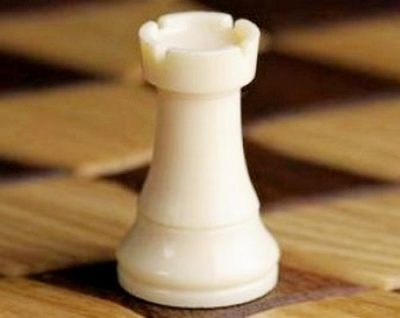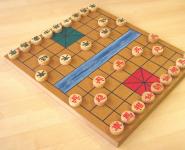How to teach a child to play chess from scratch?
Has your child ever played chess? Would you like to teach him this game from scratch? Then it will be very useful for you to read this article. Even if you are not a chess expert yourself, you can teach a preschooler the basics of this game.
To begin with, you can tell the kid the story of the creation of chess (depending on the age of the child, you can change the story a little).

The legend of the appearance of chess
In ancient times, the ruler of India was a young boy, Bagram. He never listened to other people's advice, was extremely quick-tempered and proud. Bagram fought endlessly with his neighbors, even if they had stronger troops. As a result, India was close to ruin, people began to starve. The courtiers could not convince the rajah (then in India that was the name of the rulers) not to resort to military force.
One day, one of the wise men named Nazir offered Bagram to play a game he had invented called "chess". Each of the two opponents in this game had their own army, reminiscent of the real army of that time - it consisted of foot soldiers, horses, bishops, rooks. In chess, the one who was wiser and more far-sighted won, because both armies were equal in strength.
The young ruler liked chess so much that he instantly became a strong player, ordered all the courtiers to learn the game, and began to wage endless battles with them on the board.
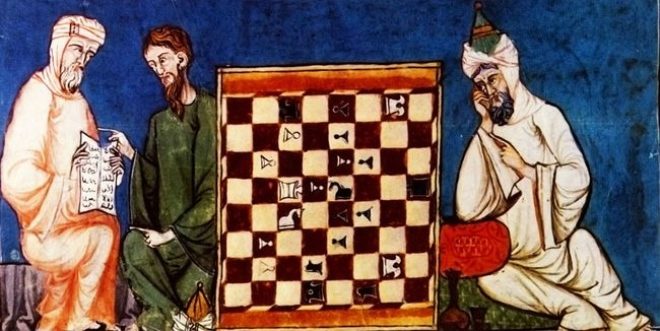
And he decided to generously reward the sage for a great invention. But when the ruler asked Nazir what he wanted, he replied: “I need quite a few grains, it will be enough if one grain is placed on the first cell of the chessboard, and on each next 2 times more than on the previous one. And give them to me."
Bagram, surprised by the modest request, self-confidently promised to give Nazir his sack of wheat. But the sage asked him not to hurry with the answer and count how many grains are needed.
When the best scientists counted the required number of grains, their amazement knew no bounds. In total, 18 quintillions of wheat came out, this is a huge amount - more than grains of sand in the Sahara desert!
Raja realized that Nazir had taught him a lesson for his self-confidence. He was shocked by his wisdom and imbued with great respect for chess. The ruler realized that it was necessary to listen to the opinions of others. Bagram began to constantly play chess, established relations with his neighbors, and now fought only on the chessboard. In India, he began to develop agriculture and handicrafts, and India began to prosper.
Now you can introduce the child to the rules of chess.

Basic elements and rules of the game
Chess board
Show your child the chessboard.
The chessboard consists of 64 dark and light squares, which are called fields. Regardless of the shade of the fields, light fields are called white, and dark fields are called black. The same applies to figures - light ones are called white, dark ones are called black. The colors of the battle arena fields alternate. The board is numbered horizontally with numbers from one to eight, and verticals - with foreign letters from a to h.
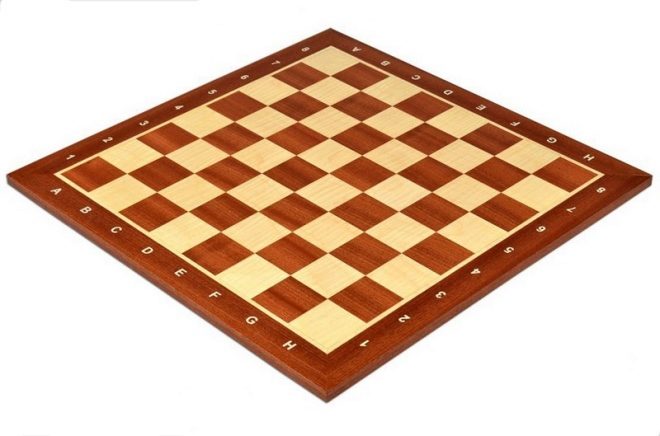
It is important to correctly position the chessboard - there should be a black field on the left. The chessboard is the place of battle, where two armies of pieces, led by kings, fight.
Chess Troops
Each opponent has an army of 16 pieces. When a piece moves across the board, it is called a move. The figures can "eat" the enemies, while the eaten ones are removed from the cells, and the victorious ones are put in their places.
![]()
King
The king is the central figure in the game, but also very weak. He makes very modest moves - one step (field) in all directions, and "eats" in the same way. It is very important to protect and protect the king, because if the king "dies" - the game ends.
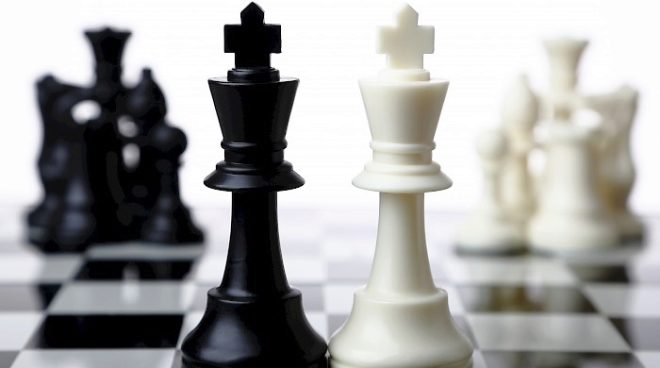
Queen
Queen - means commander, commander. Fans mistakenly call the queen the queen. For young children, you can leave this name - it will be more interesting for them to learn chess.
The queen is the strongest piece, he makes moves along straight lines and diagonals to any number of fields, eats opponents' pieces in the same way.
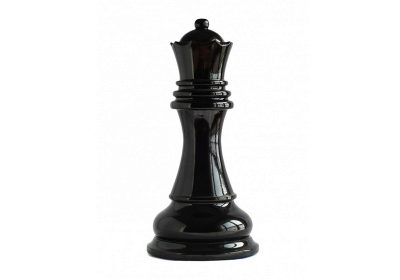
Rook
Each player has two rooks, they stand at the corners of the board. To remember the move of the rook, the following rhyme will help the kids - "I am stubborn in character, therefore I only go straight." The rook always moves in straight lines and "eats" the pieces in the same way.
